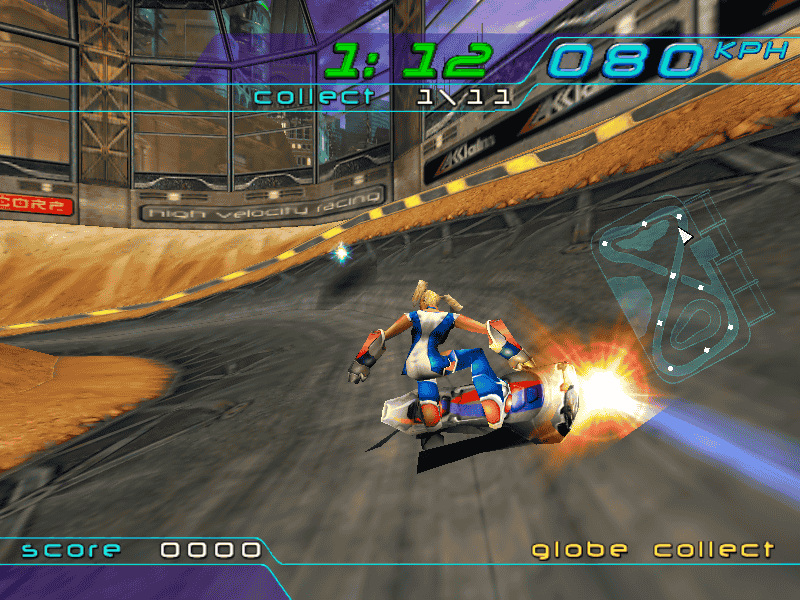So game engines... The subject that I don't have too much to
say about. Obviously as a part of this course I had the opportunity to work a
bit with UDK and Cryengine but unfortunately my experience covers only
importing and placing assets. I'll have to work on it over the summer, so I
won't waste time on learning the engine basics in the third year. So due to my
lack of first-hand knowledge I did a bit of a research and in this post I'll
not relate to my own experience too much, but I'll rather rely on information I
found on the internet. I'll focus on three leading game engines (UDK, Cryengine
and Unity) and talk a bit about their
history and in which games they were used.
But first a few words about game engines in general. What is
a game engine? It's a virtual place where game developers put their individual
works so they compose into the whole - game. It includes all assets, textures,
music, animations, UI, scripts etc. So in a way game engine is like a glue that
holds all these elements together. Some companies use already existing engines
whereas others create new engines for their games specifically.
The first engine that I'll talk about is called Unreal
Engine. It was developed by American game developed Epic Games and first used
in 1998 in game called (surprise, surprise) Unreal. It's core has been written
in C++ so it can be used on many different platforms including Windows, iOS,
Mac, Xbox and Playstation. That may be one of the main reasons why it's so
eagerly used by many game developers. It's been usually used for FPP, MMORPG
and RPG games such as Gears of War, Mass Effect, Bioshock, Borderlands, Deus Ex
to name just a few.
As I mentioned before I had the opportunity to work with
Unreal Development Kit, but unfortunately we haven't become friends. In my
opinion it has really ugly and vague interface and when I wanted to explore it,
it kept crushing. It happened so many times that now I'm literary afraid to
click anything in it.
Anyway, the next engine that I also worked with was CryEngine.
It was designed by German game developer Crytek, the first game it was used in
was Far Cry and it's probably mostly known from Crysis series (cry, cry, cry!).
Games created in CryEngine look visually stunning, the lighting is just amazing
and outdoor environments look realistic. I have to admit that so far my work
with this engine was problem-less, the interface is user friendly and it only
crashed twice (well, nobody's perfect).
Obviously these are only few of the existing game engines,
all of them have pros and cons, but it's interesting to see how they vary and
what they are capable of.
Links:



















